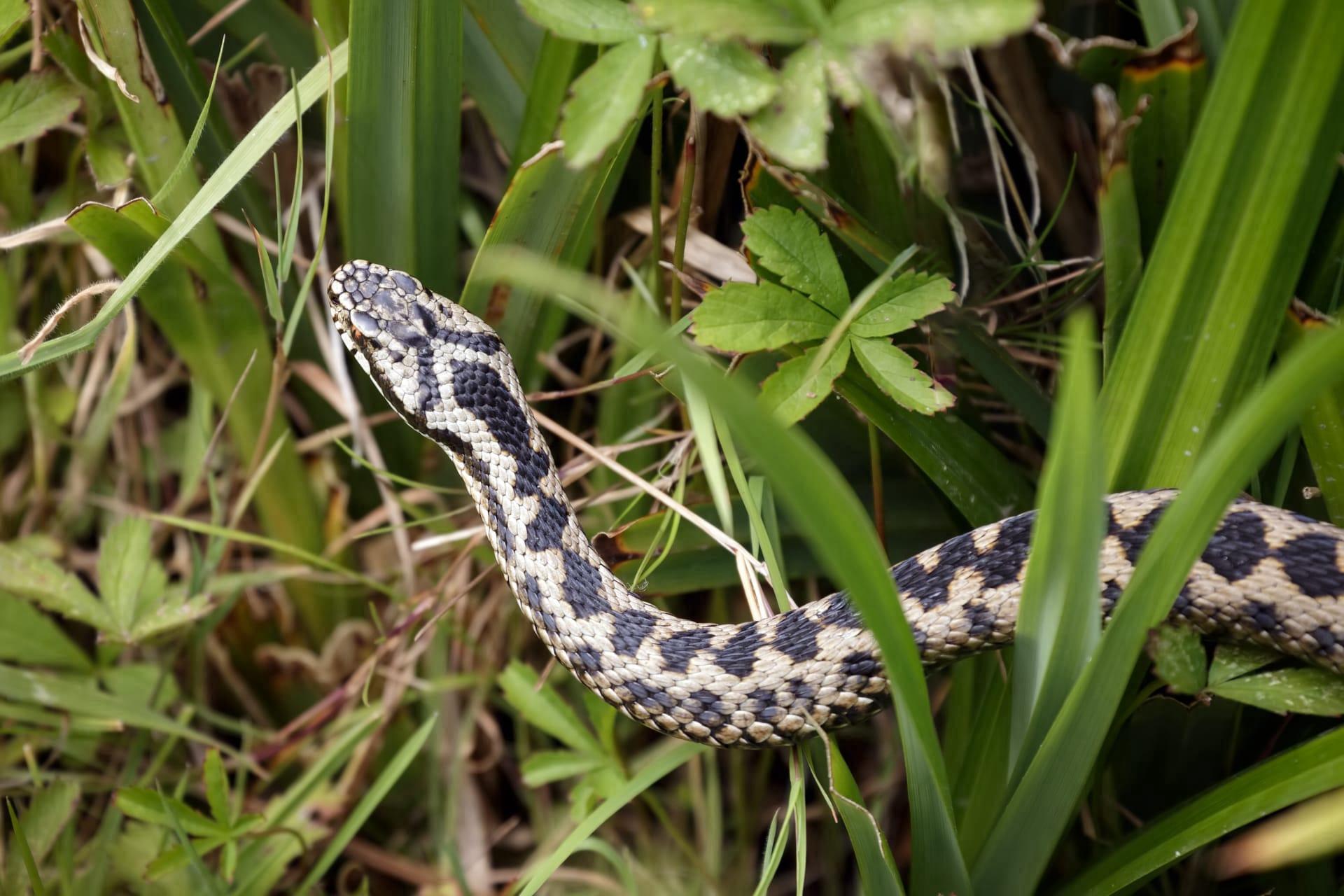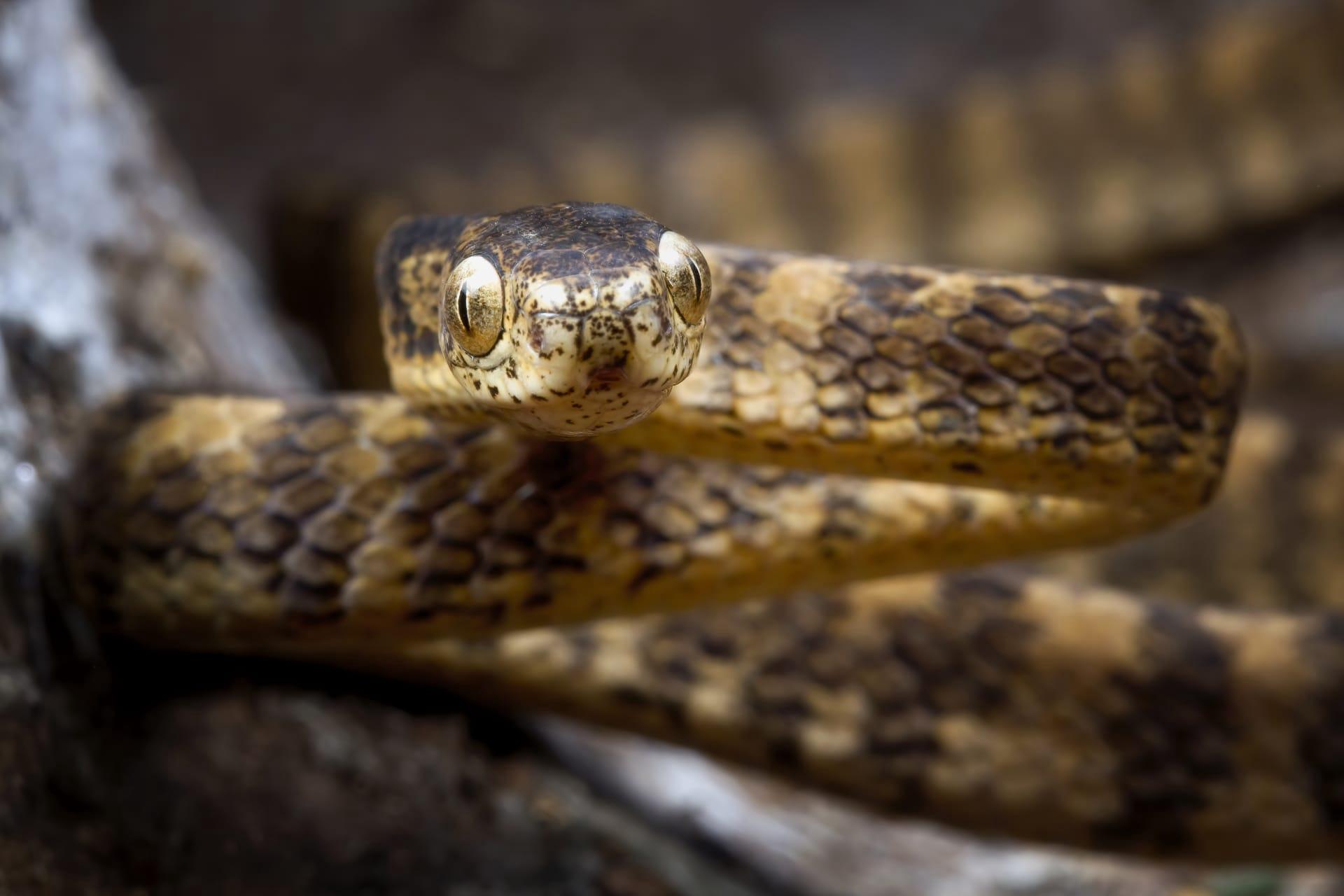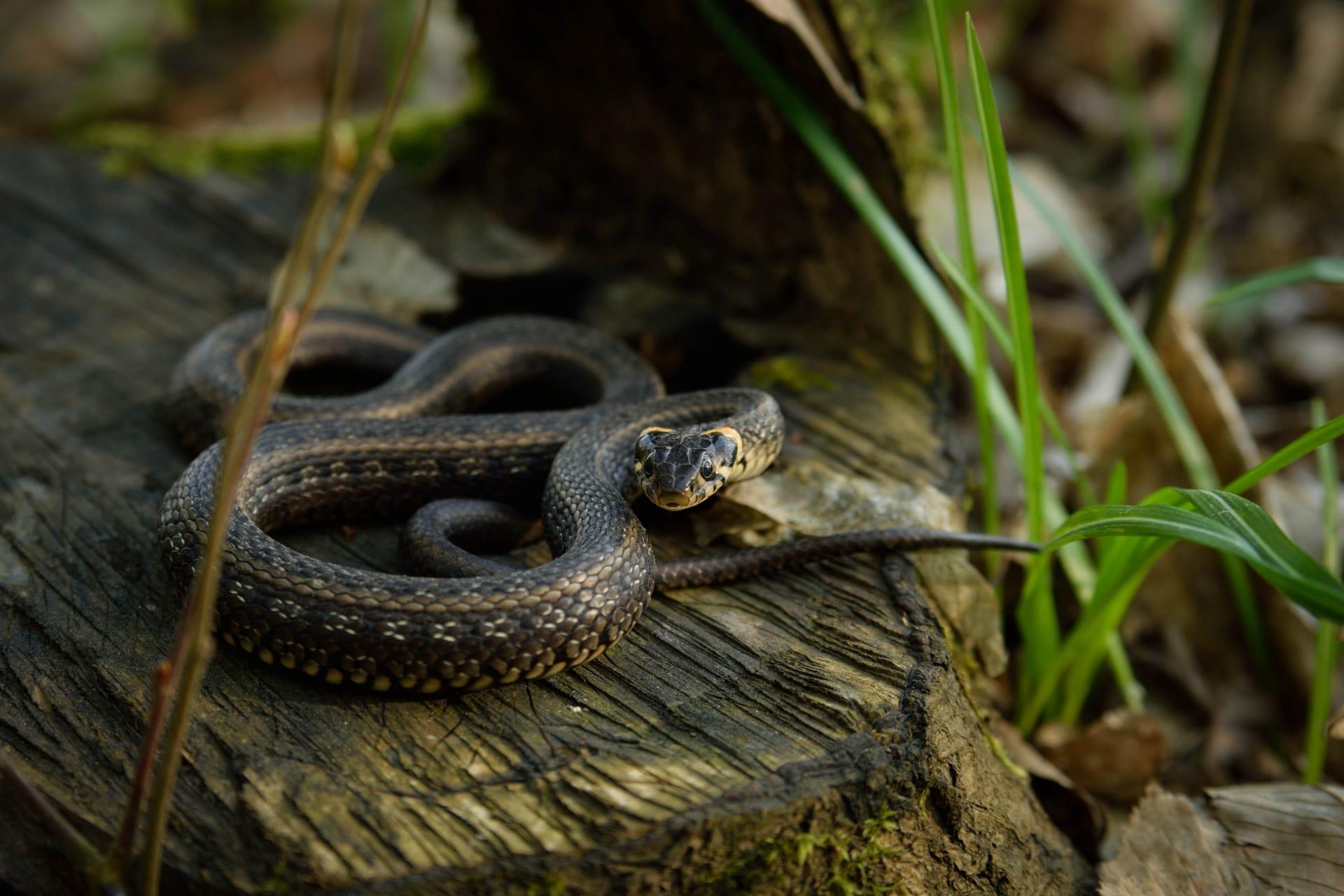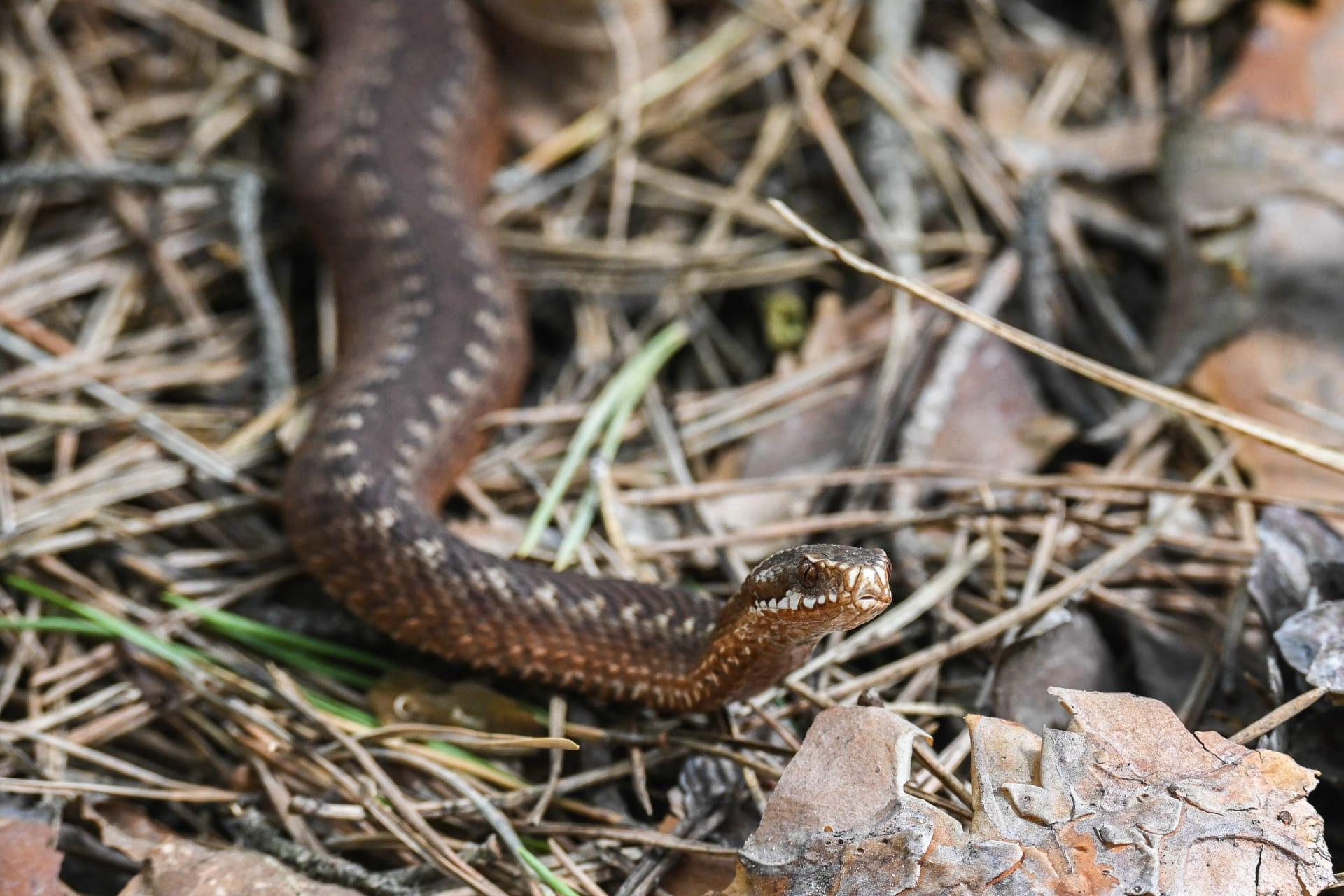Grass Snake Trivia
- Home /
- Trivia Question /
- Animal /
- Grass Snake Trivia
1
Question: What distinguishes the grass snake's appearance from other snakes?
Answer: Grass snakes, primarily found in Europe, are recognizable by their distinct olive-green color with a yellow and black collar behind the head, which is unique among European snakes. They typically measure between 90 to 110 centimeters in length. Their sleek, slender body helps them to be excellent swimmers.
Question: How does the grass snake adapt to its environment for survival?
Answer: Grass snakes are adaptative creatures, thriving in various habitats like woodlands, meadows, and wetlands. They're adept swimmers, often found near water bodies. In winter, they hibernate in compost heaps or burrows, using the insulation to survive the cold. Their diet mainly consists of amphibians, especially frogs and toads, which they hunt using their keen sense of smell.

2
Question: Is it true that grass snakes are venomous?
Answer: Contrary to common misconceptions, grass snakes are not venomous. They are harmless to humans and rely on their speed and camouflage to escape predators. When threatened, they may play dead or release a foul-smelling substance as a defense mechanism.
Question: Do grass snakes lay eggs or give birth to live young?
Answer: Grass snakes are one of the few snake species in cooler climates that lay eggs. They usually lay between 10 to 40 eggs in rotting vegetation, like compost heaps, which provides the necessary warmth for incubation. The eggs hatch after about 40 to 60 days, depending on temperature conditions.

3
Question: Can grass snakes swim, and how do they use this ability in their habitat?
Answer: Yes, grass snakes are proficient swimmers. They use this skill to hunt for aquatic prey like fish and amphibians in ponds and streams. Their swimming ability also aids in escaping predators by quickly diving into water bodies.
Question: How do grass snakes communicate with each other?
Answer: Grass snakes primarily use body language and pheromones for communication. During mating season, males attract females through a mix of tactile and chemical cues. They're not vocal creatures; instead, they rely on subtle movements and scent trails to interact.

4
Question: What is the lifespan of a grass snake in the wild?
Answer: In the wild, grass snakes can live up to 15-20 years, though this varies depending on environmental factors and predation risks. Their survival rate is higher in habitats free from significant human disturbances.
Question: How do grass snakes survive the winter?
Answer: To survive the cold months, grass snakes hibernate from October to April in places like compost heaps, mammal burrows, or piles of rotting vegetation. These locations offer the necessary insulation from the cold. During hibernation, their metabolic rate slows down significantly to conserve energy.

5
Question: What predators do grass snakes have to watch out for?
Answer: Grass snakes face predation from birds of prey, like hawks and eagles, and mammals like foxes and badgers. Juveniles are particularly vulnerable due to their smaller size. Their greenish coloration provides camouflage in grassy environments, aiding in hiding from predators.
Question: Are grass snakes solitary or social creatures?
Answer: Grass snakes are mostly solitary animals, coming together primarily during the breeding season in spring. Outside of mating, they prefer to hunt and live alone. This solitary nature helps reduce competition for food and increases survival chances in their habitats.